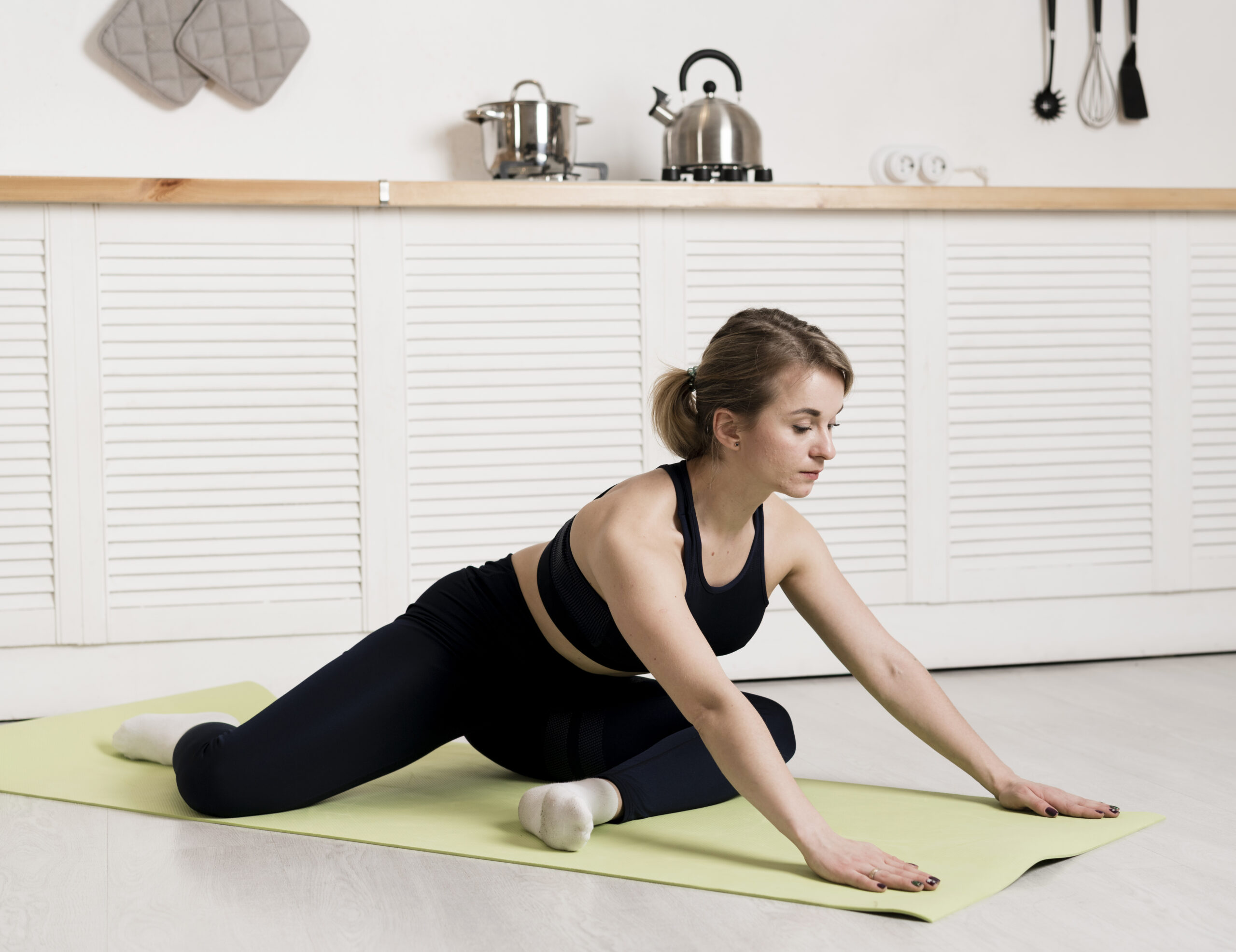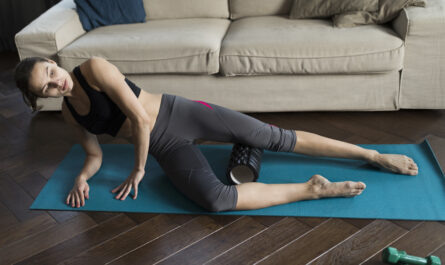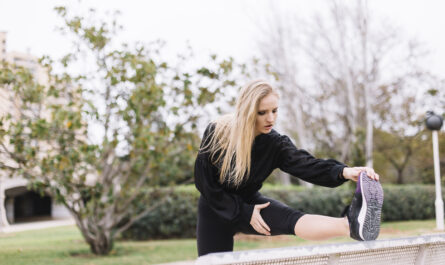Muscle cramps can be a sudden, painful, and frustrating experience that affects people of all ages. Whether caused by dehydration, overuse, or nutrient imbalances, cramps can disrupt daily life and workouts. Thankfully, yoga is a proven, gentle way to relieve and prevent muscle cramps by promoting muscle flexibility, relaxation, and improved blood circulation. Below, we’ll explore the best yoga poses that can effectively alleviate muscle cramps and provide helpful tips for incorporating these into your routine.
What Causes Muscle Cramps?
To fully appreciate the benefits of yoga for muscle cramps, it’s crucial to understand the common causes behind them:
- Dehydration: Loss of fluids and electrolytes, particularly during intense physical activity or hot weather, can cause muscles to contract involuntarily.
- Muscle Fatigue: Overuse of muscles or prolonged physical activity can result in muscle strain and cramping.
- Nutrient Deficiencies: Low levels of key minerals such as potassium, calcium, and magnesium are known triggers for muscle spasms.
- Poor Circulation: Restricted blood flow can make muscles more prone to cramping, especially in the legs.
Top Yoga Poses for Relieving Muscle Cramps
Yoga is an effective way to stretch, strengthen, and relax the body, making it an excellent method for both treating and preventing cramps. Here are the top yoga poses for muscle cramp relief:
1. Child’s Pose (Balasana)
Benefits: Child’s Pose helps release tension in the back, hips, and thighs. It encourages relaxation and deep breathing, which helps soothe muscle cramps.
How to Practice:
- Spread your knees wide and place your big toes touching the mat.
- Sit back on your heels and extend your arms forward, lowering your torso so your forehead rests on the mat.
- Take a deep breath and hold the position for one to two minutes.
Why It Works: This gentle pose stretches the muscles in the lower body, easing cramps in the thighs and lower back.
2. Downward-Facing Dog (Adho Mukha Svanasana)
Benefits: This classic yoga pose stretches the hamstrings, calves, and shoulders, helping alleviate cramps and improve circulation.
How to Practice:
- Begin by placing your hands and knees on a tabletop.
- With your legs straight and your body forming an inverted “V,” raise your hips toward the ceiling.
- Keep your head relaxed between your arms and press your heels toward the ground.
- Hold for 1-2 minutes, breathing evenly.
Why It Works: This full-body stretch lengthens and strengthens muscles while boosting blood flow to cramp-prone areas.
3. Reclining Hand-to-Big-Toe Pose (Supta Padangusthasana)
Benefits: This pose deeply stretches the hamstrings and calves, making it perfect for relieving leg and foot cramps.
How to Practice:
- Laying on your back, extend your legs.
- With one leg raised toward the ceiling, grasp your big toe or fasten a strap around your foot’s sole.
- Maintain the other leg upright on the floor.
- Hold for 1-2 minutes, then switch legs.
Why It Works: It targets tight muscles in the lower body, providing quick relief from leg cramps.
4. Pigeon Pose (Eka Pada Rajakapotasana)
Benefits: This pose opens the hips and stretches the gluteal muscles, helping alleviate cramps in the hips and lower back.
How to Practice:
- From a tabletop position, bring one knee forward and place it behind the wrist, positioning the shin at an angle.
- With your hips square, extend the other leg back.
- Lower your upper body over the bent leg and rest your head on the floor or a block.
- Hold for 1-3 minutes on each side.
Why It Works: This deep hip opener releases muscle tension and improves blood flow to cramp-prone areas.
5. Seated Forward Bend (Paschimottanasana)
Benefits: A great pose for stretching the entire back of the body, this pose is effective for relieving hamstring and calf cramps.
How to Practice:
- With your legs straight out in front of you, take a seat on the floor.
- Inhale to lengthen your spine, then exhale as you fold forward, reaching for your feet or shins.
- Don’t round your shoulders and maintain a straight back.
- Hold for 1-2 minutes, breathing deeply.
Why It Works: This pose promotes muscle relaxation and releases tension in the lower body.
6. Legs-Up-the-Wall Pose (Viparita Karani)
Benefits: This restorative pose promotes circulation in the legs, making it ideal for preventing and relieving leg cramps.
How to Practice:
- Lying back, swing your legs up the wall while sitting sideways next to it.
- Make sure your hips are near the wall.
- Shut your eyes and keep your arms by your sides.
- Hold for five to ten minutes, paying attention to your deep breathing.
Why It Works: This pose gently encourages blood flow to the legs and releases muscle tightness.
Tips for Effective Yoga Practice
- Stay Hydrated: Drinking water before and after yoga helps maintain fluid balance and supports muscle function.
- Practice Regularly: Consistency is key to long-term benefits. Aim to practice these poses at least a few times a week.
- Warm Up Properly: Start your practice with gentle movements to prevent strain.
- Listen to Your Body: Always move into poses slowly and never force your body beyond its comfort zone.
Final Thoughts
Muscle cramps can be managed effectively with the right combination of practices. Yoga poses like Child’s Pose, Downward-Facing Dog, and Pigeon Pose are excellent for releasing tension and improving muscle elasticity. Incorporating these stretches into your routine, along with proper hydration and nutrient intake, can help you find relief from cramps and prevent future occurrences.



